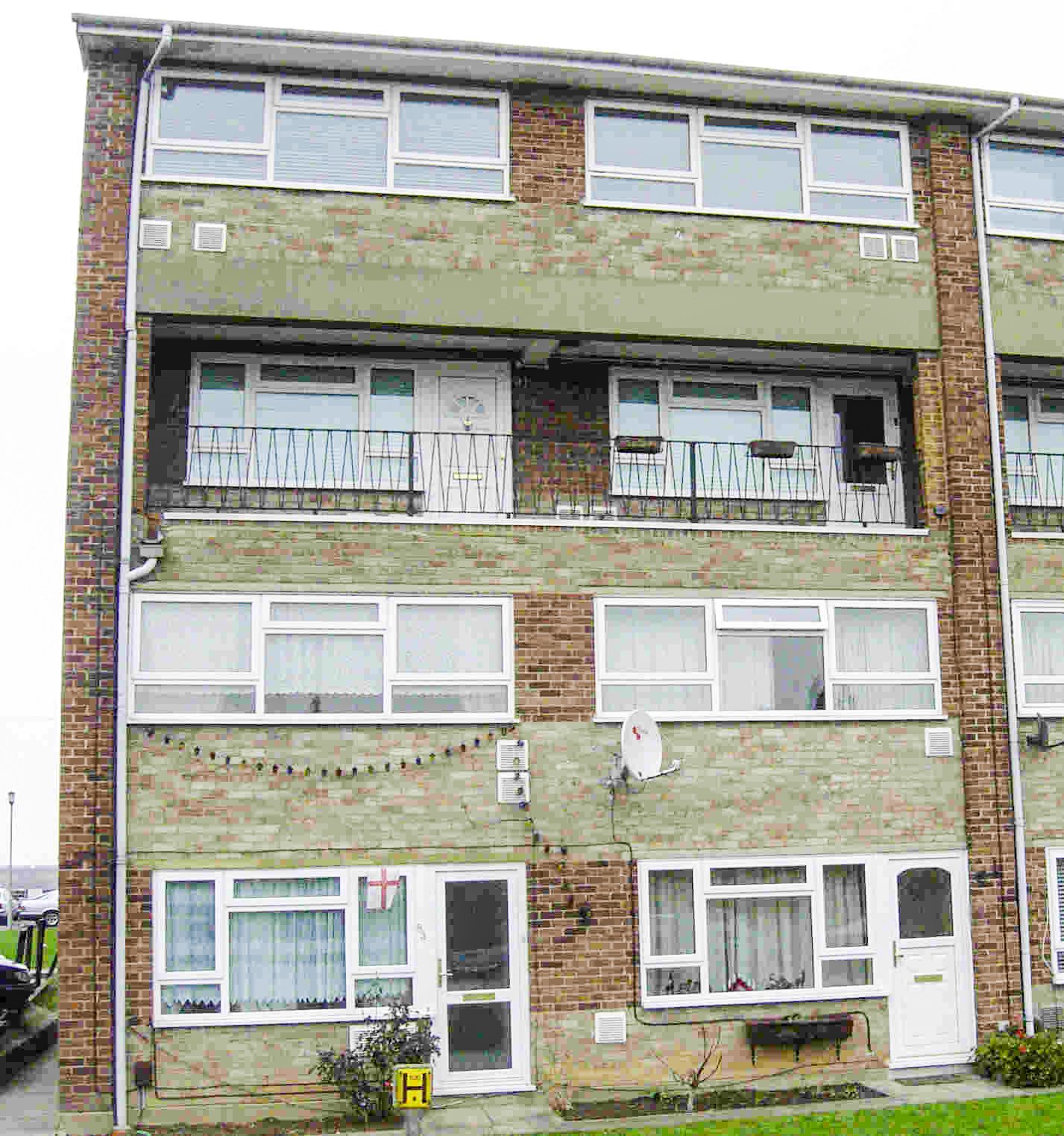You are here: Do I need a party wall surveyor?
Party walls are the physical boundary between your home and your neighbour. Aside from the bricks between terraces, flats and semis, the definition also includes any wall that separates your gardens. Don’t assume that just because it runs entirely along your own side of the boundary, as marked on any plans attached to the deeds of your home, it is yours to do with as you choose: it is still a party wall if it comes up to the edge, and needs to be treated as such.
Naturally, there are limits to what you can do with a party wall. Even if it is ‘yours’, removing bricks to support trusses and other structural elements requires permission. So does adding to or reducing the height of the wall, making it thicker to reduce noise, or digging beneath or near it.
You have a legal requirement to inform your neighbour before starting any work involving a party wall, and it is understandable that this may raise concerns. So, it pays to arm yourself with the government’s official guidance, which sets out each party’s rights and obligations.

What isn’t a party wall?
If the border between two properties runs vertically through any part of a wall, then the whole of it, from top to bottom, is considered a party wall. However, if the wall is entirely on your side of the legal boundary, even if it forms part of your neighbour’s property then, according to the Party Wall etc. Act 1996, which covers England and Wales, only the section of the wall that forms part of both properties is considered a party wall. For example, if your own home had three stories, but your semi-detached neighbour had two, and the wall between you resided on your side of the boundary line, the part that comprised the two lower floors and supported your neighbour’s home would be a party wall. The upper story, which is only part of your own home, would not.
Alongside party walls, you also need to consider party structures which comprise shared elements other than walls, such as the ceiling of one flat that forms the floor of the upper neighbour. However, under the Act, wooden fences aren’t party walls in the same way that a brick-built demarcation line between two gardens would be.
Resolving disputes
Chartered Surveyor Peter Barry, explains that before performing certain types of work involving the party wall, “it is necessary for a building owner to serve notice and obtain the affected adjoining owner’s consent; if that consent is not forthcoming the parties are deemed to be ‘in dispute’ under the [Party Wall etc.] Act and surveyors must be appointed so that the dispute can be resolved by way of a Party Wall Agreement (technically called an ‘Award’).”
Both parties can appoint an independent surveyor and, if the surveyors don’t agree on the Award, they can refer to a third surveyor who will cast the deciding vote. If either neighbour disputes the Award, says Designing Buildings, they can refer the matter to the county court within 14 days of its issue.
Where do you stand?
If two weeks have elapsed since you served written notice of your intention to undertake works and you haven’t yet received written acceptance from your neighbour, you are already in dispute. It is time to contact a specialist party wall surveyor. If you don’t have one in mind, you can source one here
If you are thinking of improving your home, you may find some of these services useful
Party Wall
If you have a dispute over a shared wall
Structural Inspections
Find an expert to carry out a structural inspection
Choose which Architectural service you require
If you are not sure which service you require, check out the options available...
Find an Interior Designer
Find details of local Interior Designers
Help with Planning Permission
Find Professionals who can help you apply
Building Surveys
I want a local surveyor to do a Building Survey for me